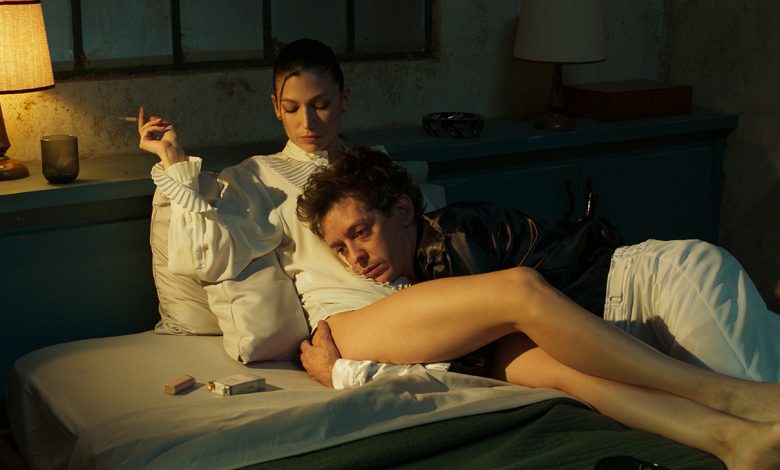AFM Hidden Gem: ‘Kill the Jockey’ Offers a Surreal Meditation on the Nature of Identity

“It’s not for us.” Anyone who has ever pitched a movie has heard those words. But when Luis Ortega was looking for financing for his latest feature, the surrealist, gender-bending Kill the Jockey, he heard it a lot.
It didn’t matter that Ortega’s work had been making waves in Argentine cinema since his first feature, 2003’s Caja Negra, or that his prior feature, El Angel, competed in Un Certain Regard in Cannes in 2019. Kill the Jockey, about a jockey whose identity — already fragmented by trauma, drugs and alcohol — repeatedly transforms following a racing accident and its accompanying head injury, was just too esoteric.
“This movie is not pitchable,” Ortega admits.
Another potential reason for all those passes? “Pineapple Head. That’s [what] the film was called,” Ortega says, alluding to a homeless man in Buenos Aires who — walking around the city in a fur coat, one sandal and one woman’s high-heeled shoe, a handbag on his arm and a giant pineapple-shaped bandage on his head — partly inspired the film.
“It sounds better in Spanish: cabeza de piña,” Ortega says. “That’s one thing I did kind of give up on, because everybody was like, ‘Luis, you want to do this film. No one, no one, wants to do it. But if you call it Pineapple Head, you definitely won’t film this, like, ever.’ ”
Ortega compromised on the title, but he got the last laugh. Jockey won the Horizons Award at the San Sebastián International Film Festival after screening in competition at the Venice International Film Festival. Protagonist Pictures is handling sales at the AFM.
Ortega was unwilling, however, to compromise on his vision of protagonist Remo Manfredini (Nahuel Pérez Biscayart) and his dreamlike journey toward self-realization, which involves trying to evade his mobster boss, obsessively weighing himself in drugstores and transforming into a pert female prison inmate named Dolores. Not that Jockey offers up any easy answers about the nature of identity. If anything, the arc of Manfredini’s story is more like a magical wheel where with every revolution, one persona dies and another is born — and hopefully each new identity inches closer to the truth of who he really is.
“In a way, every character is a prison. No matter what character you build, you’re caught; you’re caught up in some kind of definition of what that character is,” Ortega says. “So I believe you have to kill every single one of your characters to be free.”
Ortega found inspiration in a lesser-known work by Jack London, the 1915 novel The Star Rover. In the book, a university professor named Darrell Standing is serving a life sentence in San Quentin State Prison and is made to wear “the jacket,” a painful compression device that real-life prisoners were made to wear as punishment. The excruciating pain pushes him into a trance state where he experiences some of his past lives.
“He’s in ecstasy because, he said, ‘They can’t kill my immortality, they can’t strangle my immortality, no matter how much they torture me,’ ” Ortega says. “And I thought that was so great. I thought that that’s what happens with [Manfredini]. It kind of converts into this character where he’s a man, he’s a jockey, he’s a drug addict, he’s a man, he’s a drifter, he’s a woman, he’s the mother of those kids in the street — all those possibilities are real and [possibly] true.
“I don’t know if they’re real,” he adds. “But they’re true.”
Source: Hollywoodreporter
Related Posts
- Roundball Rocked: With NBA Return Looming, NBC Purges Scripted Roster
- SoundCloud Says It “Has Never Used Artist Content to Train AI Models” After Backlash on Terms of Service Change
- Fox News’ Camryn Kinsey Is “Doing Well” After Fainting on Live TV
- Kerry Washington and Jahleel Kamera in 'Shadow Force.'
Courtesy of Lionsgate
…
- This Alternative Artist Landed a Top-20 Chart Debut With an Album Made Almost Entirely on His Phone





